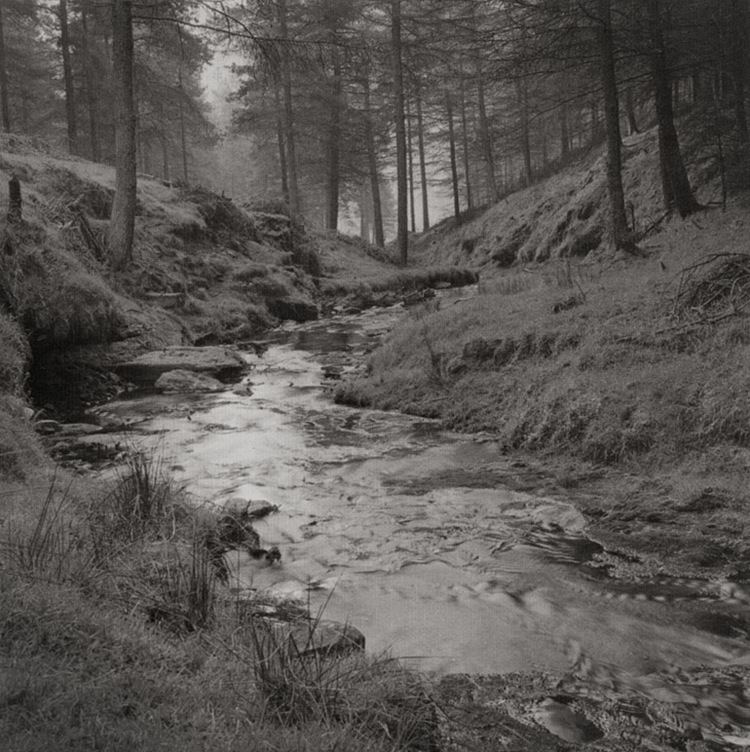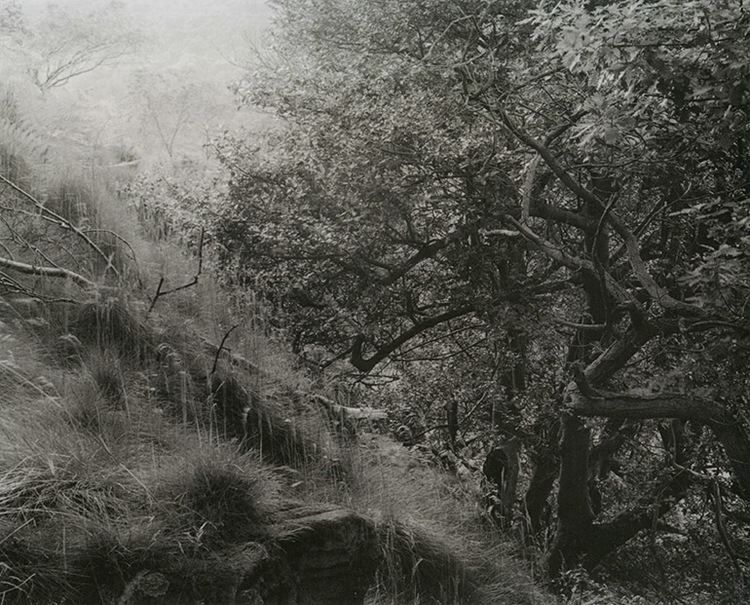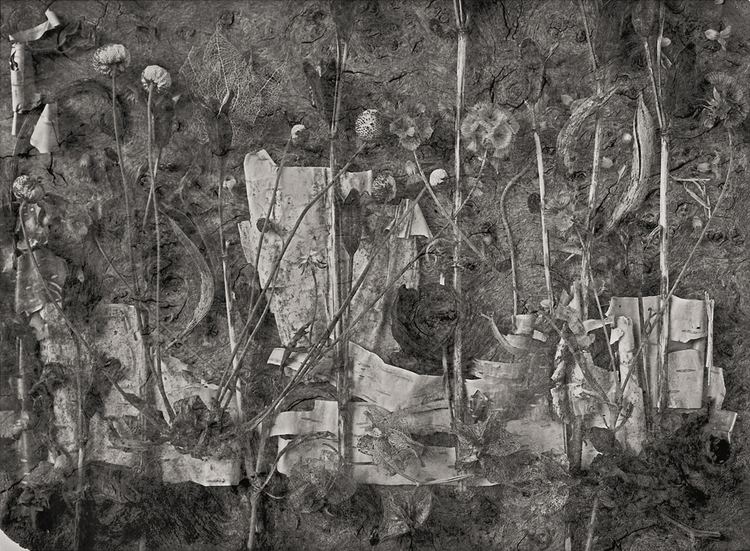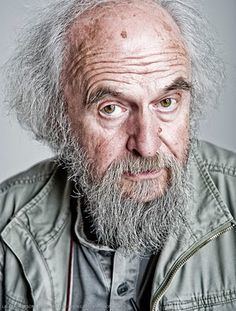Name John Blakemore | Role Photographer | |
 | ||
Books Black and White Photogra, John Blake’s Black and, The Stilled Gaze Similar People Fay Godwin, Rodney Lough Jr, Edward Weston | ||
John blakemore master photographer
John Blakemore (born 1936), is an English photographer who has worked in documentary, landscape, still life and hand made books.
Contents
- John blakemore master photographer
- John blakemore archive
- Life and work
- Books
- Awards
- Exhibitions
- Blakemores Black and White Photography Workshop quote
- References

He has been the recipient of Arts Council awards, a British Council Travelling Exhibition and in 1992 won the Fox Talbot Award for Photography. He was made an Honorary Fellow of the Royal Photographic Society in 1998.

John blakemore archive
Life and work

Blakemore was born in Coventry. He discovered photography during National Service with the Royal Air Force in Tripoli in the 1950s and is self-taught. Wartime childhood experiences and Edward Steichen’s The Family of Man exhibition inspired him initially on his return home to photograph the people of Coventry and its post-war reconstruction as a freelance, working first for the Black Star photo agency, and then in a variety of studios including Courtaulds of Coventry where he was initially employed as a black and white printer before being promoted to a photographer's position. Blakemore left the company and Coventry in 1968. In the early 1970s Blakemore joined his friend Richard Saddler as a lecturer at Derby College of Art. He later became Emeritus Professor of Photography at the University of Derby, where he taught from 1970 to 2001, being influential on the younger generation.

Blakemore worked in black-and-white on landscape subjects, making use of the Zone System and much darkroom work on his prints. He has also worked in still life, including a series on tulips.

Since 2010 a large part of Blakemore's archive has been held at the Library of Birmingham, in particular:
Books
Awards
Exhibitions
Blakemore’s Black and White Photography Workshop quote
"What Kind of Journey?
It only remains now to reconsider the images that were made during a period in which I photographed tulips so assiduously; to question the nature of the tulip journey. At the conclusion of any extended piece of work, one inevitably questions the results. What have I learned during this journey? What has this intense period of activity been about? I learned little about tulips, not much – less perhaps than I could have learned in a few afternoons at the library. My search then was not a botanical one, nor, though I learned a little history (I hadn’t previously known of the period characterized as ‘tulipomania’), a historical one. I looked at images that might not otherwise have engaged my attention – obscure flower paintings, botanical illustrations – not however, as an art historian but as an image-maker seeking ideas and correspondences. The tulip journey, then was ultimately a visual journey, an investigation and discovery of visual possibilities. The tulip became an object of attention and fascination. It became both text and pretext for an activity of picture-making. The photographs are not finally, or not primarily, about tulips: they contain tulips. To say this is not to diminish the role of the tulip. Had the vase of flowers on the table when I made the first tentative exposures exploring the space of my kitchen been, let’s say daffodils, then the journey, if it had ever begun, would in all probability have been shorter. The daffodil, although it is a delightful flower, exhibits a stubborn rigidity of form; it lives and dies at attention. The tulip, however, is a flower of constant metamorphosis; it stretches towards the light and gestures to occupy the space. I spent much time just contemplating the flowers, with the camera far from my thoughts. I delighted in the tulips’ voluptuous presence. Such periods of contemplation, of visual pleasure, are always a necessary part of my work process. It is a deepening of my experience of, and of my relationship to, my subject.
